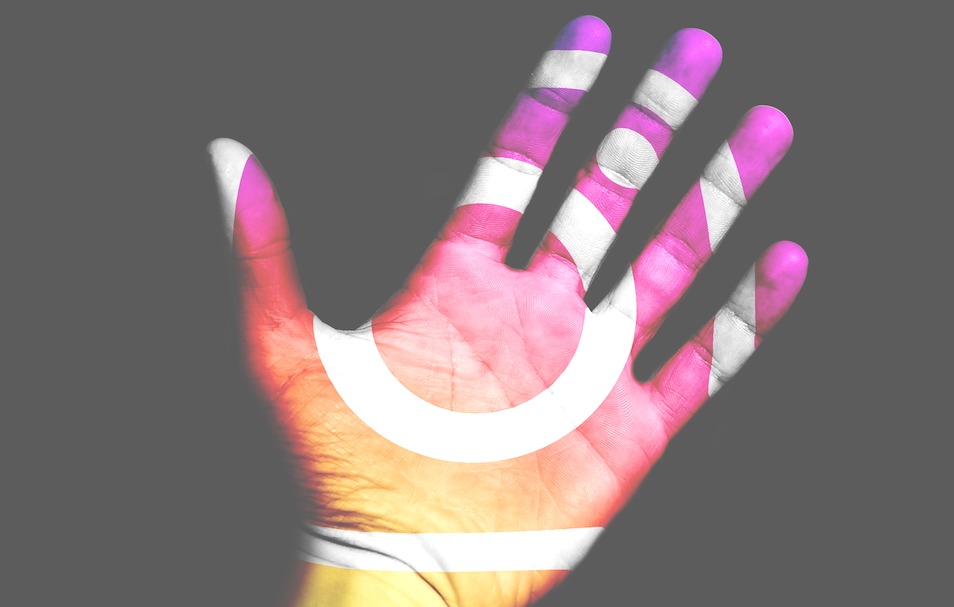This piece was originally featured on Psychology Today for the American Psychoanalytic Association’s Psychoanalysis Unplugged blogging platform.
A recent New York Times article, Instagram Therapists Are the New Instagram Poets, got many therapists who use Instagram in their practices talking. All agreed that Instagram is not a substitute for therapy, but also that there’s a place for it in the therapeutic process. It can be especially helpful for people who otherwise might not have access to such information — an amuse-bouche to whet one’s therapeutic appetite before tasting the full experience.
As a licensed psychologist with a robust Instagram following, I use the platform to decrease fear and misconceptions about therapy and to show how psychotherapy and psychoanalysis help patients better understand their interactions with themselves, others, and the wider world. My hope is that my Instagram posts may facilitate the next step, like reaching out to a therapist in real life.
How Instagram Can Decrease Fear and Misconceptions
There are various reasons why one may fear or resist starting therapy, but Instagram (and other social media platforms) can provide a safe space for people to discover what therapy, and therapists, look like. For example, following therapists online can make professionals feel more relatable. Through Instagram posts, a potential client can get a sense of a therapist’s personality, how they work, how they think, and if they might be a good fit, all without the commitment of making an appointment.
Instagram images can also increase awareness of the benefits of therapy, provide a sense of how therapy can help with problems, and even inspire changes in one’s thinking and behavior, as in the examples below. Ideally, Instagram will help provide a window into one’s internal world and ease fears about embarking on a therapeutic process.
Other Ways Instagram Can Be Useful
- Identifying what kind of therapy and therapist might be a good fit.
- Posing questions to consider when choosing a therapist.
- Identifying ideas or patterns that might be affecting one’s life.
- Providing help in the moment by allowing the person to connect with a feeling based on how the content of a post resonates.
- Developing a language of emotions and a personal narrative that will be helpful once a person decides to seek treatment.
- Providing a place to identify terms and concepts that resonate and can be discussed in therapy. For example, a patient contacted me after seeing my post about unhelpful repetitive behaviors. She went to my website, read more about how I work, and determined I could understand her experience.
How Instagram Can Help Once in Therapy
Today many clients find therapists through online searches, so they may already have a “relationship” before meeting. But once the relationship has been reciprocally established, Instagram and other social media can be a helpful part of therapy.
Don had been in treatment for nearly a year and watched my Instagram posts consistently over a period of months. I was curious because he never mentioned them, but I saw on my watch list that he was viewing the stories. One day he began speaking of a woman he was curious about but never reached out to her. He said he really resonated with what she posted on social media but didn’t follow her because he felt she wouldn’t be interested in him. I noted he was watching her but not being an active participant. He replied that to him it felt like a relationship but also disconnected — distant — but that felt safe to him. He was able to spend time with the person without the risk of rejection.
I asked, “How would you feel if you found me on social media?” He exclaimed, “I did find you, but felt ashamed to bring it up! I didn’t want to follow you!” As we talked about this, he was able to connect his not wanting to follow me more openly to his need for control in intimate relationships. If he followed me, or any other woman, they might come into his feed when he didn’t want to see them and would be overwhelming.
Over the next few sessions we uncovered how he often felt intruded upon by his mother. She inserted herself into his life with phone calls, texts, and messages, causing him to emotionally withdraw from her. He felt powerless to express this to her for fear of disappointing her and losing her love.
Together we began to understand Don’s fear surrounding the consequences of his need. He realized that his following me on Instagram kept him both safe and in control. Through our work he developed more confidence, began dating, and is now in a long-term relationship. His experience with my Instagram provided us a way in to understand his emotional experience in a way that might not have happened inside the therapy office.
Conclusion
Instagram can be a resource for finding appropriate, affordable, and accessible options. It can also help people overcome resistance and fear about starting therapy. Instagram and personal social media can be a helpful psychotherapeutic tool to unpack and understand how a person’s relationships within social media relate to their relationships with themselves and with others in the world.
What a powerful platform!

